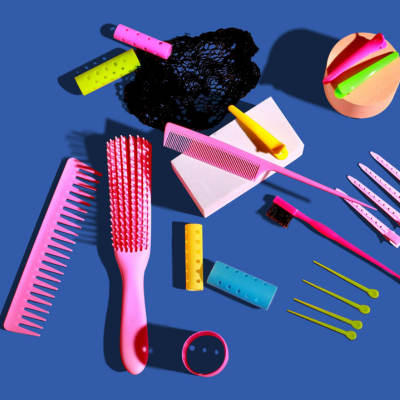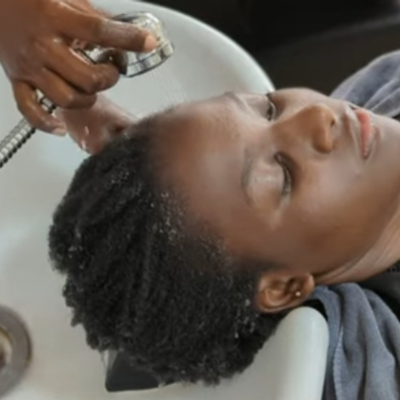- Support 24/7
- +1 (480) 468-4543
- livara@mylivara.com
How To Deal With Traction Alopecia: Dos and Don’ts
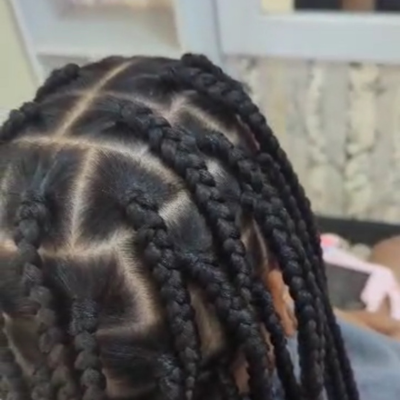
How To Prevent Breakage When Wearing Braids: 3 Simple Tips
August 21, 2024Is Air Drying Always The Best For Your Natural Hair?
August 30, 2024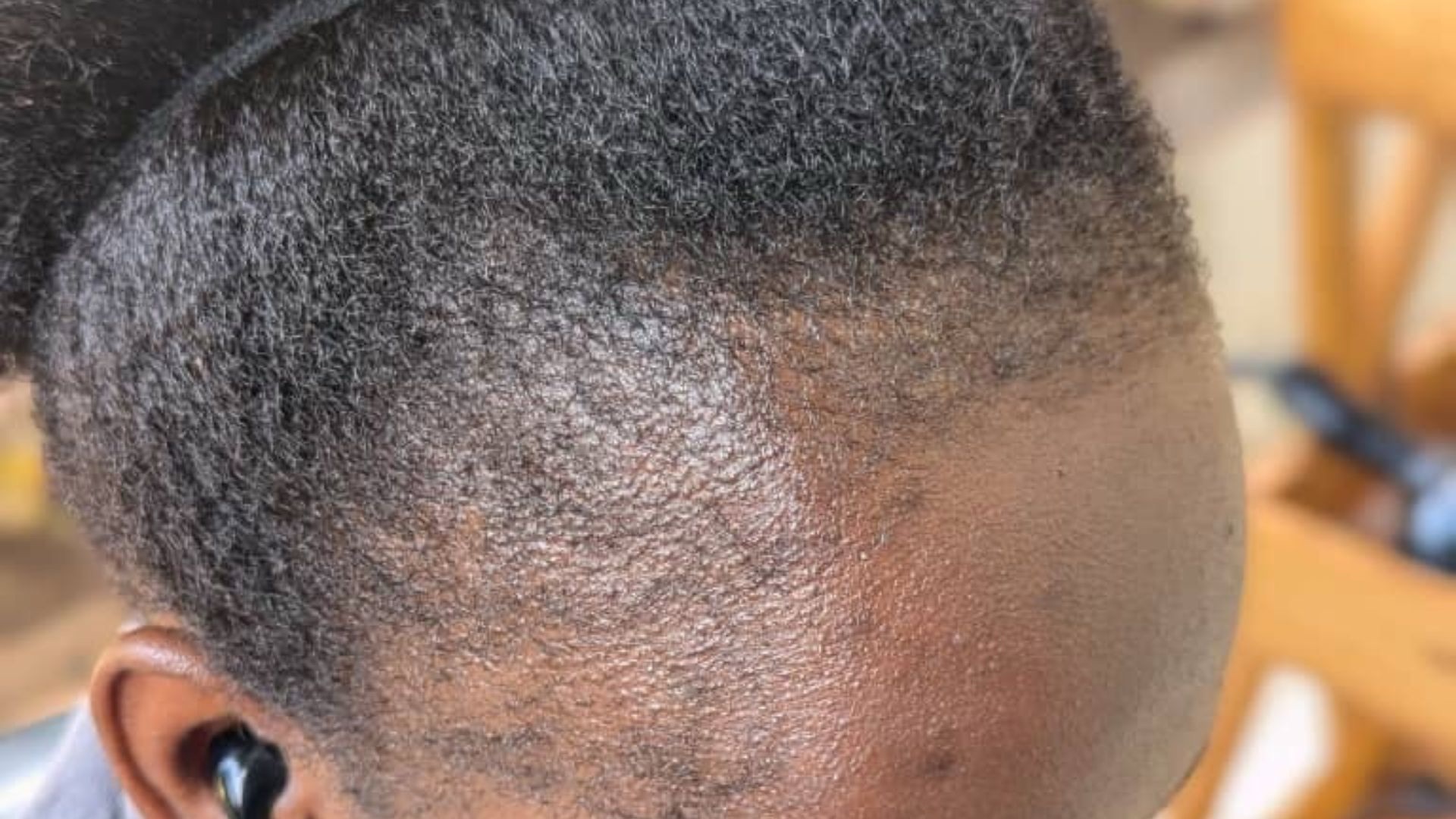
If you’re dealing with traction alopecia, it’s crucial to make some changes to the way you care for your hair to help restore your hairline and prevent further damage. Traction alopecia occurs when hair is pulled too tightly over time, leading to hair loss, particularly around the hairline. Here are some dos and don’ts to keep in mind, along with answers to frequently asked questions.
The Dos
Give Your Hair a Break
The most important step in treating traction alopecia is to avoid any hairstyles that put tension on your hairline. Leave your hair loose and natural as much as possible to allow your hair to rest and recover.
Try Low Manipulation Styles
Opt for hairstyles that don’t pull on your hairline, such as:
- Natural Twists: Create two-strand twists using your own hair. This style is not only protective but also allows for easy maintenance.
- Finger Coils: Use your fingers to coil small sections of hair. This style is gentle and can last several days.
- Loose Braids: Opt for loose braids in your own hair that don’t pull on the scalp. You can create a few braids or multiple braids, ensuring they are not too tight.
- Loose Buns or Ponytails: Gather your hair into a loose bun or ponytail, allowing some strands to fall naturally. This reduces tension on the hairline.
- Cornrows: While cornrows can be low manipulation, ensure they are not done too tightly. In the pursuit of a neat look, some stylists opt to pull at the hairs along your hairline; this can easily make your traction alopecia worse. Ask your stylist not to plait your cornrows too tight to avoid damage.
These styles help minimize tension on the hairline while still providing a fashionable look.
Moisturize and Seal
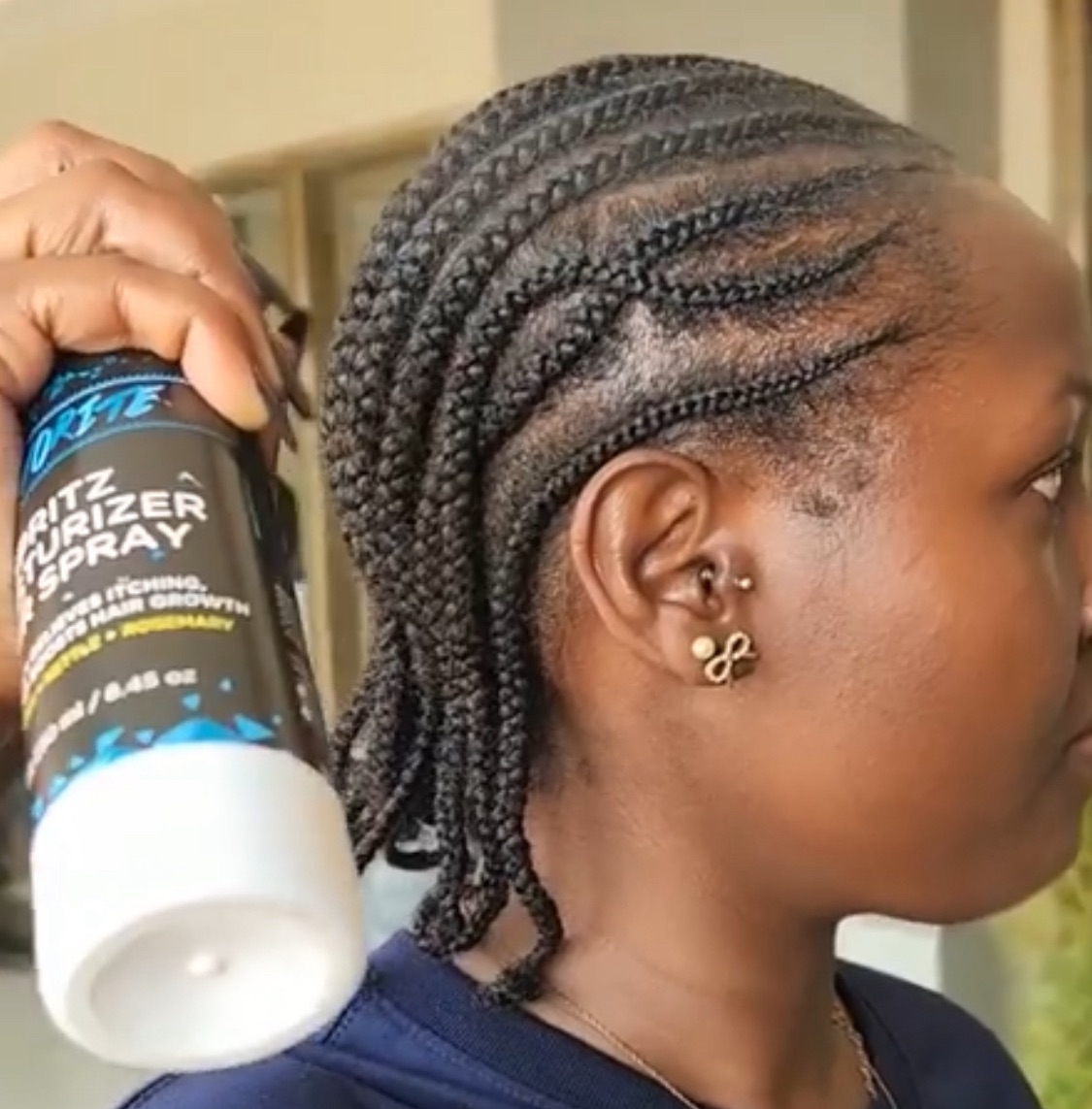
Keep your scalp and hair well-moisturized by:
- Applying a water-based moisturizer to your scalp, not leaving out the area affected by traction alopecia. Use one with hydrating and stimulating ingredients like our rosemary, nettle, and guava-leaf extract-infused Tsavorite Moisturizer Spray.
- Sealing in the moisture with a nourishing oil like coconut, castor, jojoba, or a butter, such as shea butter. Our Tanzanite Hair Oil is a rich fusion of shea butter, avocado oil, castor oil, sunflower oil, and refreshing essential oils.
- Gently massaging the oil into your scalp to stimulate blood flow and promote growth.
Stimulate Growth
In addition to moisturizing, you can further stimulate growth by:
- Massaging your scalp with your fingertips after moisturizing and oiling for a few minutes daily.
- Applying essential oils (fused with carrier oils to prevent irritation) like peppermint or rosemary oil to your scalp.
Don’ts
Avoid Tight Hairstyles
Steer clear of any hairstyles that pull on your hairline, such as:
- Tight ponytails or buns.
- Cornrows or braids that are done too tightly.
- Locs that are heavy on the head and done tightly.
In addition to tight hairstyles, be cautious of worsening the damage yourself. When you have any protective style in, avoid styling it tightly in buns, ponytails, and puffs. If you’re struggling with traction alopecia, make your styles looser, and aim to wear your hair down as much as possible.
Avoid Heat Styling
Heat styling can be very damaging to your hair, especially along the fragile hairline. Avoid using hot tools like blow dryers, flat irons, or curling irons as much as possible.
Go Easy on the Gel
Using a lot of gel to slick back your hair can put a lot of tension on your hairline. This is evident with styles like sleek buns and pony tails. If you do use gel, be very gentle and avoid pulling your hair too tight.
FAQs on Restoring Your Hairline
How often should I massage my scalp to stimulate hair growth?
For optimal results, it is recommended to massage your scalp 3-4 times a week. Each session should last about 5-10 minutes, focusing on gentle circular motions to avoid causing any discomfort. This routine can help improve blood circulation to the hair follicles, potentially stimulating hair growth over time. Some sources suggest that massaging your scalp daily can further enhance results, but ensure you do so gently to avoid hair breakage.
Can traction alopecia be reversed if caught early?
Yes, traction alopecia can often be reversed if caught early. When the condition is identified in its initial stages, and appropriate measures are taken—such as avoiding tight hairstyles and practicing good scalp care—the hairline can begin to recover. The key is to be consistent with low manipulation styles and scalp care routines. However, if the hair loss has progressed significantly, it may take longer to see results, and consulting a dermatologist for personalized treatment options is advisable.
By following these dos and don’ts, you can help restore your hairline and prevent further damage from traction alopecia. Remember to be patient and consistent with your hair care routine, as it can take time for your hair to grow back. If you don’t see improvement or have any concerns, consult with a dermatologist for personalized advice.
Remember, you are a GEM.
Sources
Here are the links to the sources referenced in the article on restoring your hairline with traction alopecia:
- British Skin Foundation – Overview of traction alopecia, its causes, symptoms, and treatment options. Read more here [1].
- International Journal of Dermatology – A detailed review of traction alopecia, discussing its pathogenesis, management, and epidemiology. Read more here [2].
- NCBI Bookshelf – Comprehensive information on traction alopecia, including its etiology, prevention, and treatment strategies. Read more here [3].
- DermNet – An article discussing the causes, clinical features, and treatment of traction alopecia. Read more here [4].
- PubMed Central – A research article exploring the prevalence, clinical presentation, and management of traction alopecia. Read more here [5].
- ScienceDirect – An overview of traction alopecia, focusing on its classification and treatment options. Read more here [6].


